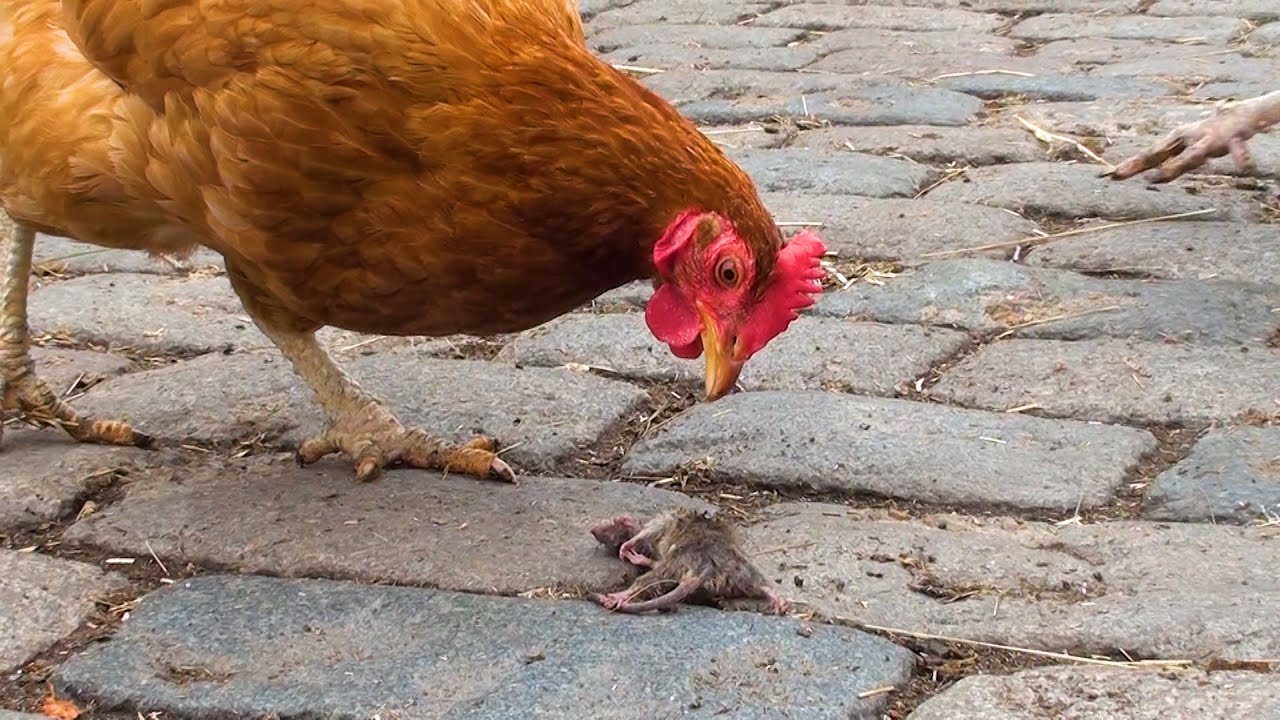In the realm of animal ethics, the perception surrounding the killing of certain animals, such as mice or chickens, raises profound philosophical and moral questions. This perspective often hinges on various societal, cultural, and economic factors that contribute to a cognitive dissonance regarding animal rights. Addressing the rationale behind the belief that killing these animals does not constitute animal abuse calls for an exploration of deep-seated attitudes, cultural conditioning, and ingrained societal norms.
First, the concept of hierarchy in the animal kingdom plays a crucial role in shaping perceptions of animal worth. Many individuals categorize animals based on utility, sentimentality, and perceived intelligence. For instance, pets such as dogs and cats are often regarded as family members, deserving of protection and care. In contrast, small rodents like mice and livestock animals such as chickens are frequently perceived as merely commodities—products to be consumed or eliminated when deemed necessary. This utilitarian perspective trivializes the moral considerations associated with their lives, leading to a justification of harm or death in the name of convenience or necessity.
Cultural traditions further complicate the relationship between humans and these animals. In many cultures, consuming chickens is deeply embedded in culinary practices and rituals, thereby normalizing their slaughter. This normalization creates a cognitive barrier that allows individuals to disconnect from the reality of animal suffering. By framing the act of killing as either a cultural tradition or a necessary aspect of sustenance, society fosters a perception that such actions lack ethical implications. Moreover, in communities where pest control is essential for health and safety, exterminating rodents may be perceived as a rampant necessity rather than an act of cruelty. Thus, cultural conditioning becomes a powerful enabler of the disassociation between action and its ethical consequences.
Economic factors also play a pivotal role in shaping this mindset. In agrarian economies, chickens are often raised primarily for meat and egg production, thereby reinforcing the perception that their value is strictly utilitarian. The industrialization of animal farming has exacerbated this issue, creating an environment where chickens and other livestock are viewed as mere products in a supply chain. This commodification leads to a broader societal acceptance of inhumane treatment, as seen in various factory farming practices. As such, the financial incentives to maximize output often overshadow moral considerations, resulting in widespread desensitization towards the suffering of these animals. In the struggle for profit, the individual lives of chickens and other livestock become expendable; thus, the brutality of their treatment is systematically ignored.
Furthermore, there is a pervasive belief that certain species are inherently less deserving of compassion than others. This speciesism—an ideology that assigns different moral values based solely on an animal’s species—can skew perceptions of animal suffering. Mice, often seen as pests or nuisances, face extermination without the moral outrage that accompanies the torture or killing of companion animals. Despite the physiological and psychological similarities that exist across species, this bias becomes a barrier to empathy, permitting the justification of violence against those deemed ‘less important.’ The absence of visible suffering in mice, as opposed to larger animals, may lead some to believe that their deaths are less consequential or impactful, thus perpetuating a dangerous precedent in how society regards life.
Moreover, information asymmetry exacerbates misunderstandings about the lives of these animals. The general populace often lacks awareness about the cognitive abilities and emotional complexities of animals like chickens and mice. Recent research has demonstrated that chickens possess a range of cognitive skills akin to those of domesticated pets, including the ability to form social relationships and experience emotions. Yet, these findings often fail to penetrate mainstream consciousness, allowing outdated beliefs about animal suffering to persist. This disconnect highlights the importance of education in fostering a deeper understanding of animal sentience and the ethical implications of our actions.
To catalyze a shift in perspective, it is essential to engage in dialogue that humanizes these often-overlooked creatures. Engaging storytelling, documentaries, and exposure to compassionate farming practices can initiate a transformation in societal attitudes. By showcasing the inherent value of all life forms, as well as fostering connections between humans and non-human animals, we can begin to dismantle harmful stereotypes and redefine our approach to animal welfare.
The recognition of the moral agency of all animals, irrespective of species, necessitates a reevaluation of our ethical obligations. A growing movement towards more humane treatment of all animals, underscored by an increase in plant-based diets and ethical farming initiatives, illustrates a burgeoning awareness of these issues. As society continues to evolve, confronting the comfort of complacency becomes imperative. Acknowledging that killing mice or chickens results in profound ethical implications can pave the way for increased empathy and change.
In conclusion, the disjunction between the public perception of animal death and the reality of suffering stems from a complex interplay of cultural norms, economic incentives, and intrinsic biases. Challenging these pervasive beliefs is essential for fostering a society that values all creatures equally. As narratives about animal lives proliferate, so too does the potential for fostering compassion that transcends species barriers—a critical step toward a more humane world.






